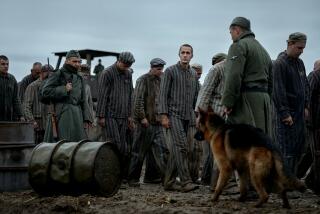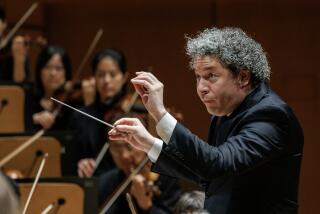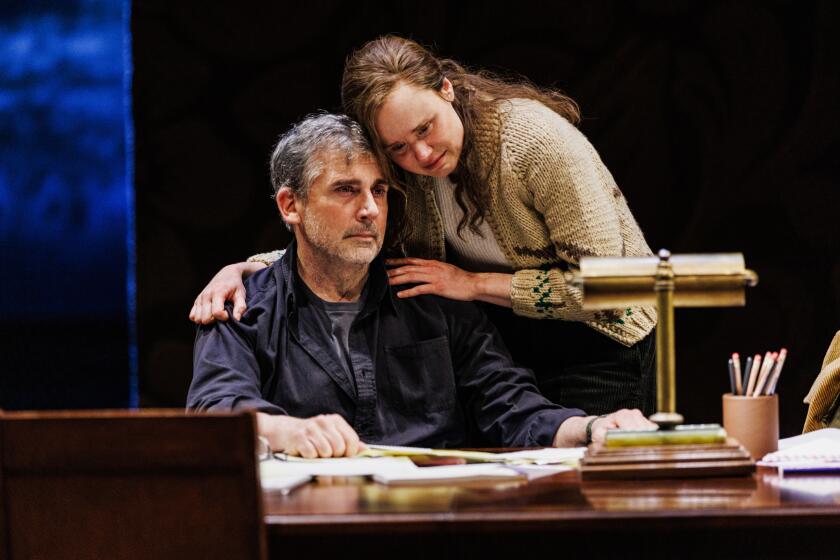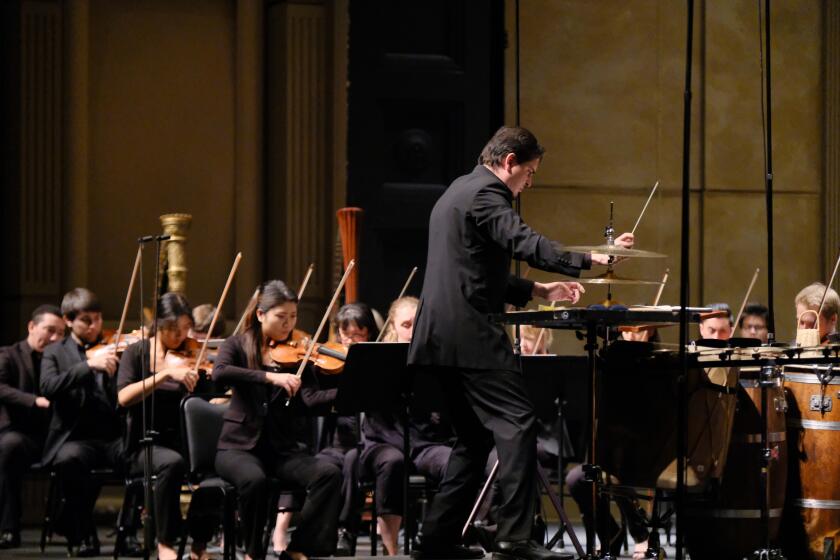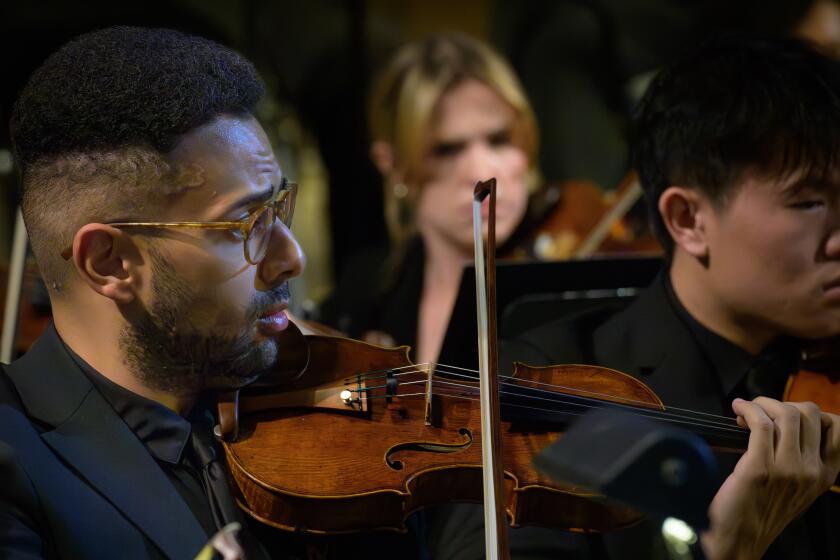KIDS’ STYLE : Small Worlds : An Outdoor Classroom
Back in the days when children were seen and not heard, few grown-ups asked tots for their views on design. Most schoolrooms came in two shades--jailhouse brown and hospital green--and were as square and spare as offices. Playgrounds, too, were businesslike, with rows of swings and slides in sandlots and asphalt jungles. Wherever they were--home, school, park or doctor’s office--kids often found themselves in a one-size-fits-all junior version of Adultland.
The current child-care explosion has changed that, and so have concerns about children’s safety and research into how and when youngsters start to learn. Older parents, who’ve had more time to develop strong opinions about their kids’ needs, have also had an impact, prompting educators, corporations and design professionals to rethink the child-size scene.
What they’re coming up with are age-specific and developmentally appropriate environments, says Beth Reeves Fortney, an Arcadia design and child development consultant. “Children aren’t just little adults,” she explains. “They have different needs, fears and interests, which design elements can address.”
While visual stimulation and interactive qualities are important in a young person’s space, so is flexibility, she adds. “They need a place that isn’t so overdesigned that they can’t make it their own.”
As these pages show, kids’ settings can reflect the energy and exuberance of a child’s-eye view and please parents who might have grown up hungry for color.
*
Tomatoes, sunflowers, herbs and squash grow behind George Washington Elementary School in Burbank. Soon, two bridges will arch across a dry stream bed nearby. An amphitheater, a picnic area, corn patch and native-plant collection will take shape too. This playful yet practical mix--known as an environmental science park--is aimed at inspiring youngsters to respect Earth and enlivening the curriculum through hands-on education.
Sponsored by the North Hollywood-based nonprofit foundation Alliance for Children’s Trust, the project has pooled the talents of landscape professionals, students, teachers, parents and the community. Joining the effort about a year ago, Achva Stein, an associate professor of landscape architecture at USC, enlisted her students to develop plans for the site. Washington students then critiqued these ideas and proposed their own.
“Children want a place that means something and doesn’t just look good,” says Stein, a partner in BLS Environmental Design in Los Feliz. “They want an element of fantasy, something they can relate to their own dreams and stories.” Many suggested richly experiential details such as the dry stream bed and bridges.
Equally important, says Kreigh Hampel, an environmental educator who runs the food farm, is that students build this place themselves: “They have a sense of ownership of the vegetable garden that excites them about learning. It will, we hope, create a relationship with nature that will last all their lives.”
More to Read
The biggest entertainment stories
Get our big stories about Hollywood, film, television, music, arts, culture and more right in your inbox as soon as they publish.
You may occasionally receive promotional content from the Los Angeles Times.
